Recorded June 8, 2021
Click here to view the other panels from this series.
Print version of the content below available here.
Speakers
- Fernando Arias, Director of Sustainability, Clark Construction Group
- Theresa Backhus, Associate Director, Building Innovation Hub
- Arathi Gowda, Associate Director, Team Leader Performative Design Group, SOM
- Melissa Wackerle, Senior Director, Sustainable Practice & Knowledge, The American Institute of Architects (AIA)
- Anica Landreneau, Senior Principal, Global Director of Sustainable Design at HOK
- Tommy Zakrzewski, Ph.D., Vice President, Director of Building Engineering Physics, HKS
The Hub and Clark Construction Group kicked off its series, “What Will It Take? The Path To 2050 And Carbon-Free Buildings,” with a panel focused on the role design and design professionals play in building sustainability, energy efficiency, and carbon emissions reduction. The robust discussion is worth watching in its entirety, but here are some of the key takeaways:
1. Focusing on building performance gives us a tremendous opportunity to address multiple societal challenges simultaneously.
Landreneau emphasized that by investing in existing buildings, we can save an enormous amount of embodied carbon by using existing infrastructure investments, while also preserving historical and cultural heritage. Wackerle seconded this notion and argued that since many older buildings are blighted, there is an opportunity to engage community members and correct historic inequities while building stronger local economies. Finally, Zakrzewski highlighted the opportunities for smart buildings to integrate with the grid.
2. The greenest materials are the ones we don’t use.
Landreneau and Wackerle pointed out that even the greenest building project uses additional embodied carbon, so the solution should be to reuse buildings and materials as much as possible. Landreneau emphasized that designers should first focus on designing intelligently, for example, supporting future reconfigurations to avoid later use of virgin materials. Wackerle discussed the need for a secondary market of building materials, which is so far nascent and localized, but could become more far-reaching and sophisticated.
3. Human behavior will determine the success or failure of building decarbonization.
To fully decarbonize, both building occupants and the building industry need to shift behavior. The only way to do so is to change the way people think about their interactions with the built environment. Landreneau argued that we need to figure out how to design spaces that engage occupants in being efficient. People don’t understand how buildings relate to the environment or know how to read a building for efficiency or other measures. Similarly, Wackerle stressed the need for more practitioners to utilize simulation tools that demonstrate the value of passive building techniques and the ways buildings respond to nature. These simulations also need to factor in the human element into the design so that high-performing spaces genuinely feel better. “If a building is too hot or people are wearing sunglasses indoors, then that is a failure,” said Landreneau.
4. Change is coming rapidly, and we need to be ready.
While sustainability professionals have been pushing for change for decades, the coming years are likely to produce a sea change in how companies and clients prioritize climate action. Gowda stressed the need to prepare for this opportunity by talking to clients now about what’s coming. Zakrzewski called for more cohesive higher education programs that enable graduates to execute immediately on low- and zero-carbon buildings and building materials.
5. If we care about building decarbonization, we need to become activists for it.
Zakrzewski emphasized that we need to cultivate a carbon-reduction mindset by helping everyone understand how carbon plays into design decisions and talking about it at every opportunity. Gowda added that more organizations need to move from benchmarking toward advocating for more robust policies. In particular, Zakrzewski called out building performance policies as particularly powerful for incentivizing industry-wide shifts.

